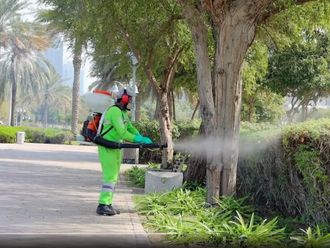
After establishing the importance of knowing the risk factors and pre-existing conditions that make people vulnerable to severe respiratory infections, we now shift the focus to the second pillar of Pfizer's campaign: "Plan." This phase of the initiative encourages patients at higher risk, as well as those who may be in close contact with them, to create a proactive plan for addressing viral respiratory infections.
The primary objective of the Plan pillar is to inspire pre-emptive planning. People at higher risk are encouraged to collaborate with their healthcare professionals (HCPs) to tailor a plan of action for dealing with symptoms of viral respiratory infections or contact with an infected person. The aim is to equip people with the knowledge, tools, and information needed to develop these vital plans. The message is simple but profound: act now, don't wait until a respiratory infection strikes. Make a plan to be prepared for symptoms or possible exposure to illness. This call to action emphasizes the importance of preparedness.
Patients at high risk for severe respiratory infections, due to specific conditions or risk factors, are urged to create a plan. This plan equips them to act swiftly in the event of symptoms like fever, cough, runny or stuffy nose, sore throat, or muscle and body aches. Collaborating with an HCP, patients can create personalized plans that may include essential details like who to contact and where to seek treatment if viral respiratory infection symptoms appear. Such preparedness ensures a rapid and effective response to illness.
The campaign also extends its focus beyond preparedness. If you know anyone in your family or community who is at high risk due to specific conditions or risk factors, the message is clear: assist them in creating a personalized plan. This collaborative approach ensures a broader safety net within communities.
What these plans might include is a reminder of symptoms to watch out for, such as fever, cough, runny or stuffy nose, sore throat, or muscle and body aches. Furthermore, it should detail who to contact and where to go for treatment if these symptoms develop. Having this information accessible empowers people to act fast.
Sharing these plans with loved ones is encouraged. Beyond preparedness, the campaign emphasizes the importance of community-wide awareness. Mutual sharing of plans ensures that those closest to you are informed and prepared to act if the need arises. When helping others at high risk due to specific conditions or risk factors, the focus is similar. Their plans should include symptom reminders and details on who to contact and where to seek treatment. This approach creates a safety net for the most vulnerable members of the community and reinforces community-wide preparedness.
Planning emphasizes the importance of proactive preparation for viral respiratory infections. Whether you are personally at higher risk or assisting others in your community, a well-thought-out plan can make all the difference. It empowers communities to act fast and effectively, reducing the impact of these infections. Be prepared, be informed, and together, we can face viral respiratory infections with resilience and strength.












